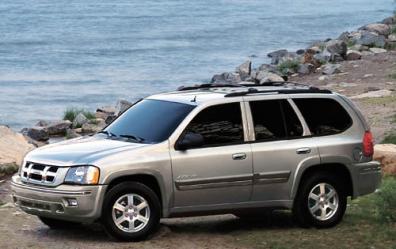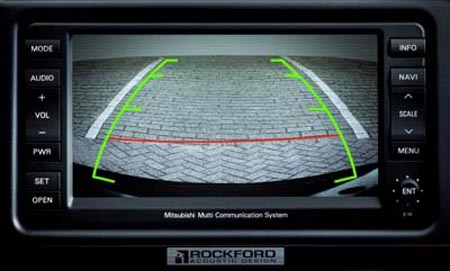The loss of a child saddens me and it is especially tough when the child’s death was preventable. In the last two weeks, children in two separate incidents were killed when they were run over by one of their parents who was driving an SUV (Sport Utility Vehicle). The first incident, in Savannah, Georgia, involved a mother who ran over her twenty month old daughter as she backed up in her Isuzu Ascension, an SUV. To read more of that horrible story, click here.http://www.ajc.com/search/content/metro/stories/2007/07/20/toddlerkilled.html Then I see today that in Ohio, a father backed over his own child yesterday while heading out to church. This father was driving a Chevrolet Suburban. For more on this tragedy, click here. http://www.wlwt.com/news/13778230/detail.html

I am willing to bet that neither the Chevrolet Suburban nor the Isuzu Ascension had a back-up camera in them, which easily allows an SUV driver to see what is behind the car before backing up. In fact, this type of camera automatically comes on anytime the vehicle is in reverse. Also, they are cheap, costing only approximately $150.00. These back-up cameras are crucial in SUVs, in which the driver is sitting so high off the ground and the SUV is so long that it is almost impossible to see everything behind the SUV clearly. The National Highway Traffic Safety Administration, in a report to Congress in November, said backover accidents are not a recent phenomenon. But NHTSA disputes perceptions that the number of accidents is increasing as the size of the nation’s vehicle fleet grows — led by SUVs and minivans, which tend to have larger rear blind zones.
A study by Consumer Reports magazine suggests SUVs, pickups and minivans are longer and taller and their blind zones extend as much as 50 feet from the rear bumper. These factors contribute to poor visibility, the report says.
Back-up cameras would have prevented both of these tragic deaths.

Something obviously needs to be done. The statistics are alarming: 1,200 children under 15 who have been killed since 2000 in nontraffic motor-vehicle accidents in the United States. Half of those fatalities were in backovers, almost all of them involving children under 5, according to Kids and Cars, a child-safety advocacy group in Leawood, Kan.http://www.santafenewmexican.com/news/64616.html
What is $150.00 if it will save the life of a child? A child’s life is priceless. It is time Congress mandated the inclusion of these inexpensive, but absolutely life-saving, back-up cameras in all new SUVs before another child dies needlessly, and another family is tortured with the guilt of running over their own child. Enough is enough.
Continue reading ›

 Atlanta Injury Lawyer Blog
Atlanta Injury Lawyer Blog





 I want to issue a warning to Do-It-Yourselfers out there, who enjoy a Saturday trip to Home Depot here in Atlanta, Georgia to find the materials they need to fix up something at the their houses and take pride in having done the job themselves. Do not purchase or use Stand ‘n Seal, a sealant used to seal grout around tile. It has been proven to cause lung damage with just one use.
I want to issue a warning to Do-It-Yourselfers out there, who enjoy a Saturday trip to Home Depot here in Atlanta, Georgia to find the materials they need to fix up something at the their houses and take pride in having done the job themselves. Do not purchase or use Stand ‘n Seal, a sealant used to seal grout around tile. It has been proven to cause lung damage with just one use.

 Teen cellphone use while driving is not illegal yet in Georgia, or in Metropolitan Georgia, but it should be. Too many teens are getting killed or injured, or killing others, while using the cellphone while driving. As a trial lawyer here in Metropolitan Atlanta, I see it all too often, usually while meeting with the grieving parents who have just lost their child at the hands of a teen driver. I have posted other blogs on this in the past, and it continues to be a subject near and dear to my heart, with a thirteen year old son who will want to start driving in a few years and who already is addicted to his cellphone.
Teen cellphone use while driving is not illegal yet in Georgia, or in Metropolitan Georgia, but it should be. Too many teens are getting killed or injured, or killing others, while using the cellphone while driving. As a trial lawyer here in Metropolitan Atlanta, I see it all too often, usually while meeting with the grieving parents who have just lost their child at the hands of a teen driver. I have posted other blogs on this in the past, and it continues to be a subject near and dear to my heart, with a thirteen year old son who will want to start driving in a few years and who already is addicted to his cellphone.













